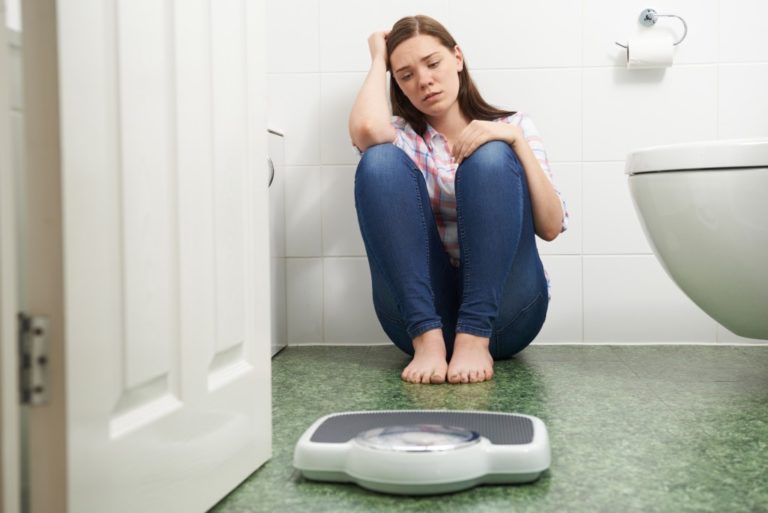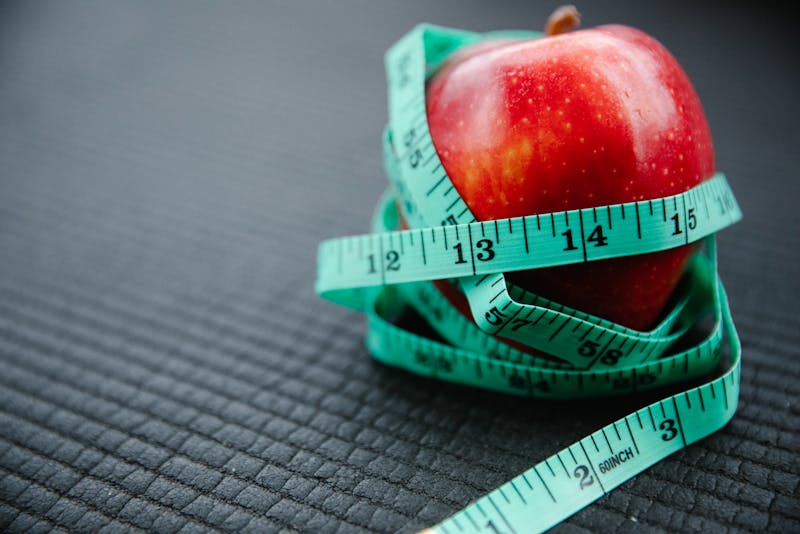Recovering from an eating disorder is never easy; just ask anyone who has gone through the battle. However, it doesn’t mean you can’t do anything to strengthen your recovery efforts. Aside from making behavioral modifications, here are the changes you can make in your home to promote faster recovery:
1. Create a positive space for food-related activities

In any treatment center for patients with eating disorders in Omaha and other places, they will tell you that a major part of recovery is developing a healthy relationship with food and eating. It’s normal to feel stress or anxiety when it comes to mealtimes while recovering from an ED, but there are many ways to make meals more positive. One of these is to create a positive space for cooking and eating, which can be achieved by any of these activities:
Clean your kitchen and remove clutter, trash, unnecessary equipment, etc.
Do a little remodeling, e.g. repaint your cabinets, replace fixtures, buy new appliances
Hang inspiring art or reminders of your goals
Install more lights to brighten up the place
Clear your dining table from clutter and other unrelated stuff
Lay down a tablecloth and centerpiece on your table
2. Remove your weighing scale
People with eating disorders are often prisoners of the scale, consumed by the number displayed on the square of metal and plastic. They constantly weigh themselves all throughout the day, celebrating if weight is lost and berating themselves if the opposite happens. It is difficult to let go of the obsession of losing or controlling weight, but it is a necessary part of recovery.
Your doctor or nutritionist will weigh you once a week while you recover, so you don’t need to have a weighing scale at home. Having one will only preoccupy you with weight-related worries and distract you from your current goals. If you want, you can smash your scale for a therapeutic “release.” If you don’t want to trash it, you can give it to someone else or donate it to your treatment facility.
3. Unclutter your home
Remove everything from your house that is designed to make you feel guilty about food or your weight, as well as things that will hinder your nutritional rehabilitation. Examples of such items are:
Diet foods. Dispose of or donate products that have non-fat, light, fat-free, guilt-free, zero-calorie, or diet-branded on the package. These foods may make you feel bad about eating other foods and hinder you from making good choices.
Weight loss paraphernalia. Get rid of weight loss books, magazines, diet cookbooks, “thinspiration” posters, and other things that may preoccupy your thoughts with unnecessary weight loss ideas.
Reminders of the past. If there are pictures, clothes, exercise equipment, and other things that trigger you, it’s probably best that you give them away or throw them.
The road to eating disorder recovery is not an easy one to pass. Nevertheless, there are ways to make the journey easier for you. If you are currently recovering from an eating disorder, you can start with the tips mentioned above.





